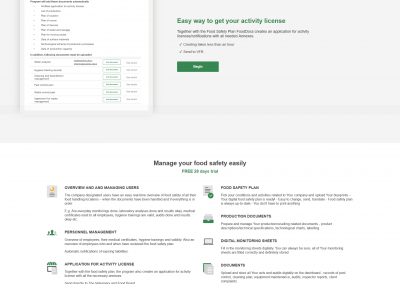Symfony 6 is just Symfony 5, without all the code that has been deprecated for two years. There is no new feature, no main change specific to version 6 because everything is already in Symfony 5.
Symfony 6 represents two years of efforts from the community and the core team on Symfony 5. With Symfony 6, a new cycle of innovations starts one that will also last two years, on a modernized codebase (PHP 8) that has been cleaned up from the dead weight of the past. This version management system ensures Symfony’s stability. Thanks to it, users can handle upgrades at their own pace without having to rewrite everything.

To run Symfony 6, you will have to install PHP 8. The big news of Symfony 6 is that PHP 8.0 is now the minimum required version.
The code of Symfony 6 has been updated. You can take advantage of all the new features in PHP. For example, the code includes PHP 8 attributes, more expressive and rigorous type declarations, etc.
To install this new version of Symfony, you’ll have to upgrade your application to PHP 8.0 first.What else is new in Symfony 6?
There won’t be any real surprise for those who have been following the new features in Symfony 5.1, 5.2, and 5.3. Among these new components or improvements, you can find :
- Uid for managing unique identifiers.
- RateLimiter to limit the number of login attempts with a wrong password.
- PasswordHasher, functionality on the security and authentication layer (a subsystem extracted from the Security component).
- Translation Providers to provide an interface for incorporating online translation services.
- Runtime to make the startup sequence of PHP applications and so of Symfony applications more flexible.
Symfony 6.0 offers a tighter integration of notification service providers. Many bridges have been introduced in the Notifier component (for sending SMS, chat messages, etc.).
Tips to get ready for the upgrade:
Symfony is about stability. Symfony 5 – There are still two pillars to get ready for your upgrade.
The first pillar is the promise of backward compatibility, applicable within the same major version (Symfony 5.x). For example, all upgrades are seamless between Symfony 5.0, 5.1, 5.2, 5.3, and 5.4. Your application will keep working without any intervention, even after a Symfony upgrade.
The second pillar is the continuous migration path. It meets the project’s ambition: to make it as easy as possible to upgrade from one major version to another. Symfony provides a clear path to help you upgrade, primarily through deprecation notices. These guidelines enable developers to upgrade at a lower cost.
According to the interview with Nicolas Grekas






Comments
Add Comment